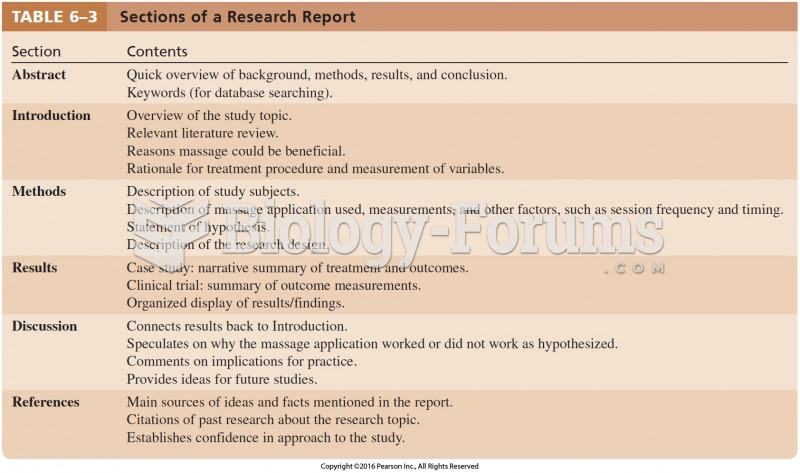|
|
|
HIV testing reach is still limited. An estimated 40% of people with HIV (more than 14 million) remain undiagnosed and do not know their infection status.
The people with the highest levels of LDL are Mexican American males and non-Hispanic black females.
Blood is approximately twice as thick as water because of the cells and other components found in it.
Approximately 500,000 babies are born each year in the United States to teenage mothers.
A cataract is a clouding of the eyes' natural lens. As we age, some clouding of the lens may occur. The first sign of a cataract is usually blurry vision. Although glasses and other visual aids may at first help a person with cataracts, surgery may become inevitable. Cataract surgery is very successful in restoring vision, and it is the most frequently performed surgery in the United States.







